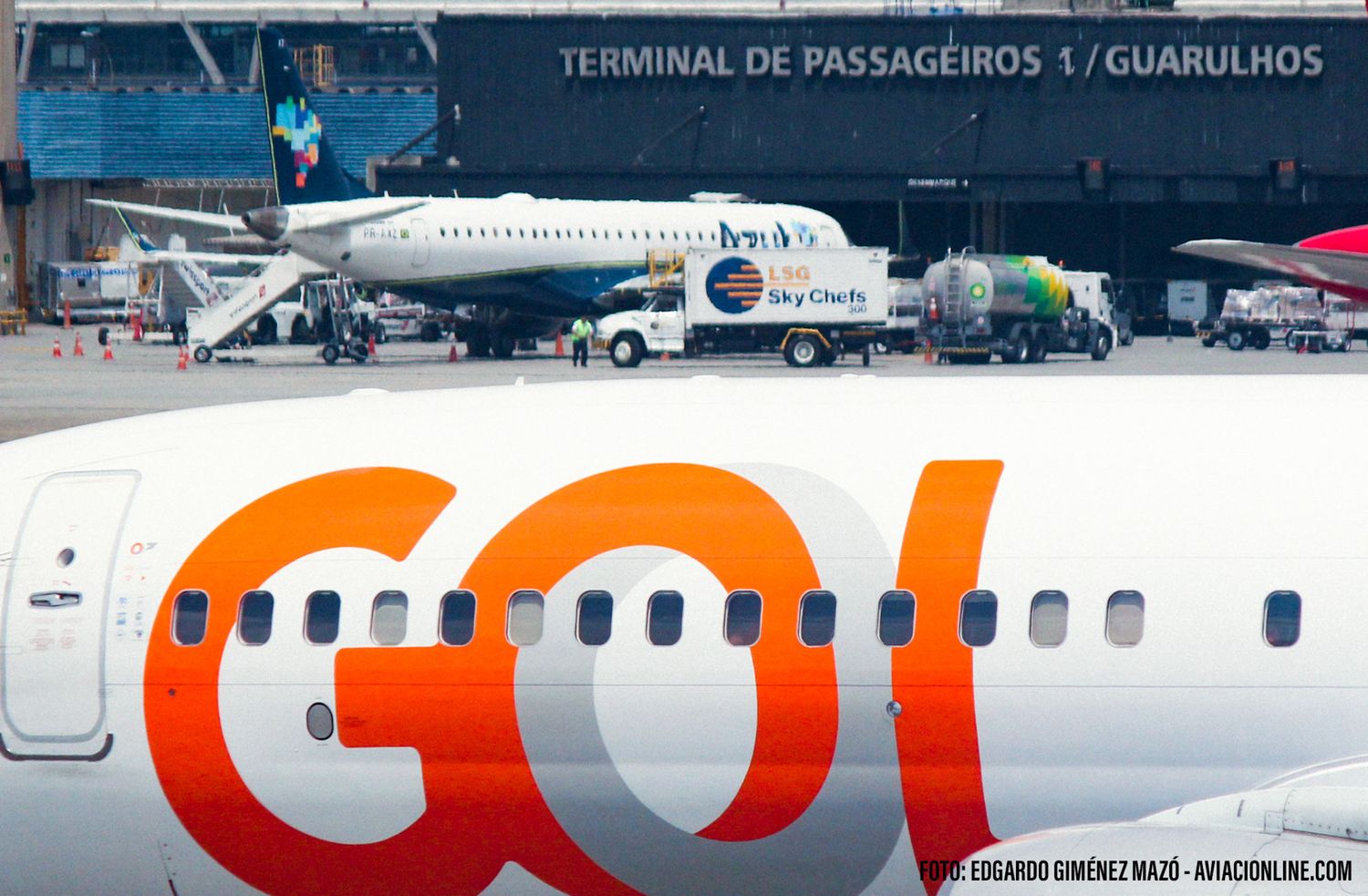Azul Highlights Benefits of Potential Merger with GOL, But Regulatory Hurdles Remain
The potential union of Azul and GOL could reshape Brazil's commercial aviation sector. While the alliance promises efficiency and expansion, experts question its impact on competition and consumer service.
Azul Linhas Aéreas Brasileiras has emphasized the advantages of a potential merger with GOL, outlining the benefits for consumers and the Brazilian aviation sector.
During a February 24 conference, Abhi Shah, President of Azul, highlighted that the minimal route overlap between the two airlines would be a key factor for growth. According to Shah, the integration could expand service to 200 cities across Brazil, enhancing the country's global competitiveness in aviation.
Merger Talks and Market Concerns
In January 2025, Azul and Abra Group, GOL’s parent company, signed a non-binding memorandum of understanding to explore a potential operational integration while maintaining separate operating certificates.
The merger remains subject to regulatory approval and depends on GOL’s ongoing judicial reorganization, expected to conclude in May. However, LATAM and some industry analysts have expressed concerns over market concentration, warning that reduced competition could negatively impact consumers.
Fleet Strategy and Expansion Plans
- GOL operates an all-Boeing 737 fleet, projected to reach 140 aircraft by the end of 2025.
- Azul has a diverse fleet, including Airbus A320neo, A330, Embraer E195/E195-E2, and ATR 72-600 aircraft. By the end of 2024, Azul expects to have 181 aircraft in operation.
- In 2025, Azul will focus exclusively on expanding its E2 fleet, with 46 new E195-E2 aircraft on order.
Shah noted that aircraft manufacturer supply challenges are impacting the industry, but Azul remains committed to fleet modernization. The airline also projects a 10%–12% capacity increase in 2025, driven by its international expansion.
Financial Performance and Challenges
Despite operational challenges in 2024—including the temporary closure of Porto Alegre Airport due to flooding, currency depreciation, and rising fuel costs—Azul reported:
- EBITDA of R$ 6 billion (~US$ 1 billion), up 16.4% YoY.
- Record projected EBITDA of R$ 7.4 billion for 2025, supported by revenue growth.
- Q4 2024 operating revenue of R$ 5.5 billion, a 10.2% increase YoY.
- Net loss of R$ 3.9 billion, compared to a net profit of R$ 403.3 million in Q4 2023.
Azul continues to diversify its revenue streams, leveraging its loyalty program and tourism operations. The airline has also eliminated R$ 1.6 billion in debt and undertaken financial restructuring, strengthening its liquidity and cash flow generation.
You might be interested
Merger Uncertainty: Competition vs. Market Consolidation
While the Azul-GOL merger has the potential to reshape Brazilian aviation, its impact on competition and consumer choice remains uncertain. A more concentrated market does not always guarantee improved conditions for passengers, making regulatory scrutiny a key hurdle for the deal.


Comentarios
Para comentar, debés estar registrado
Por favor, iniciá sesión